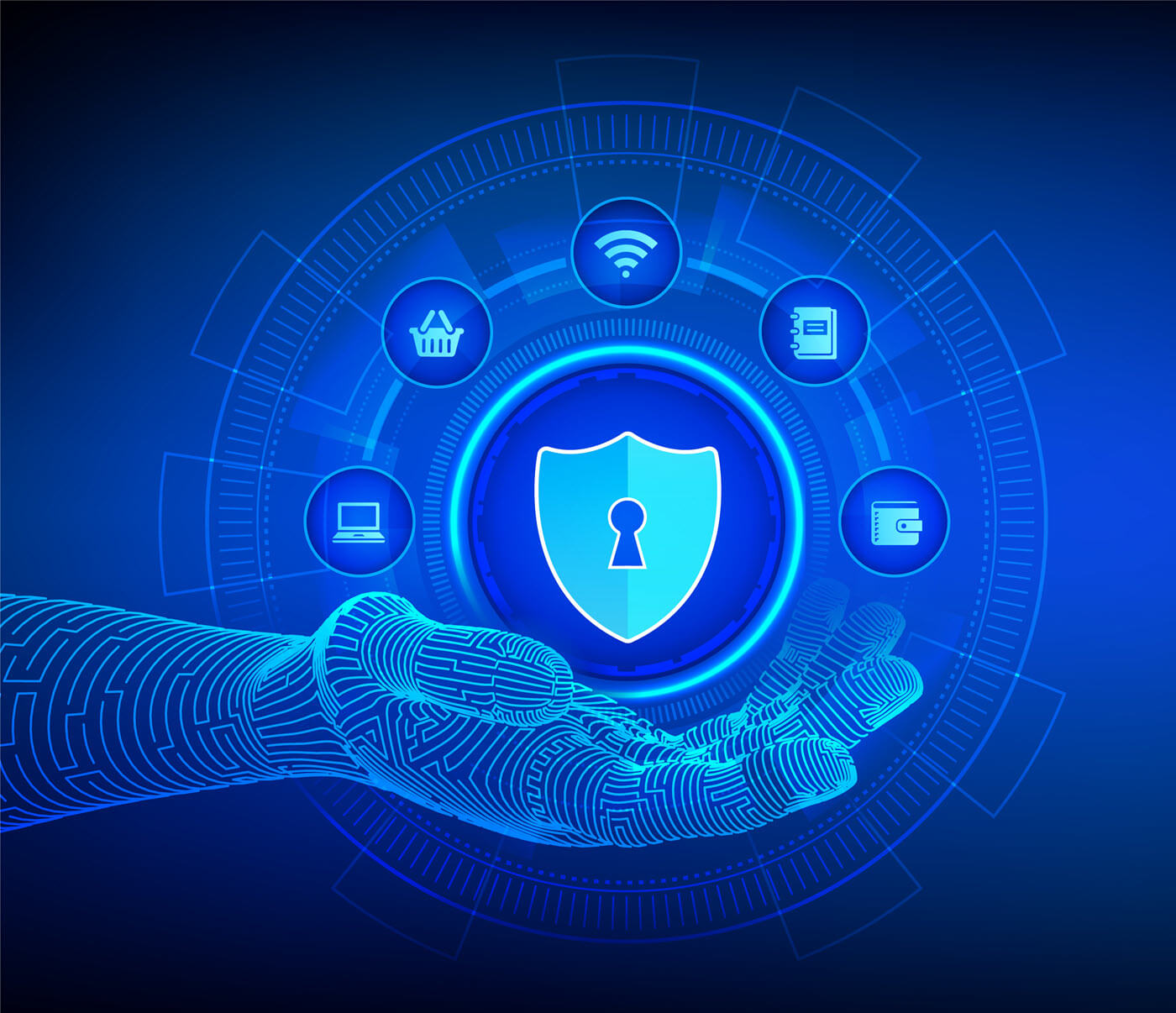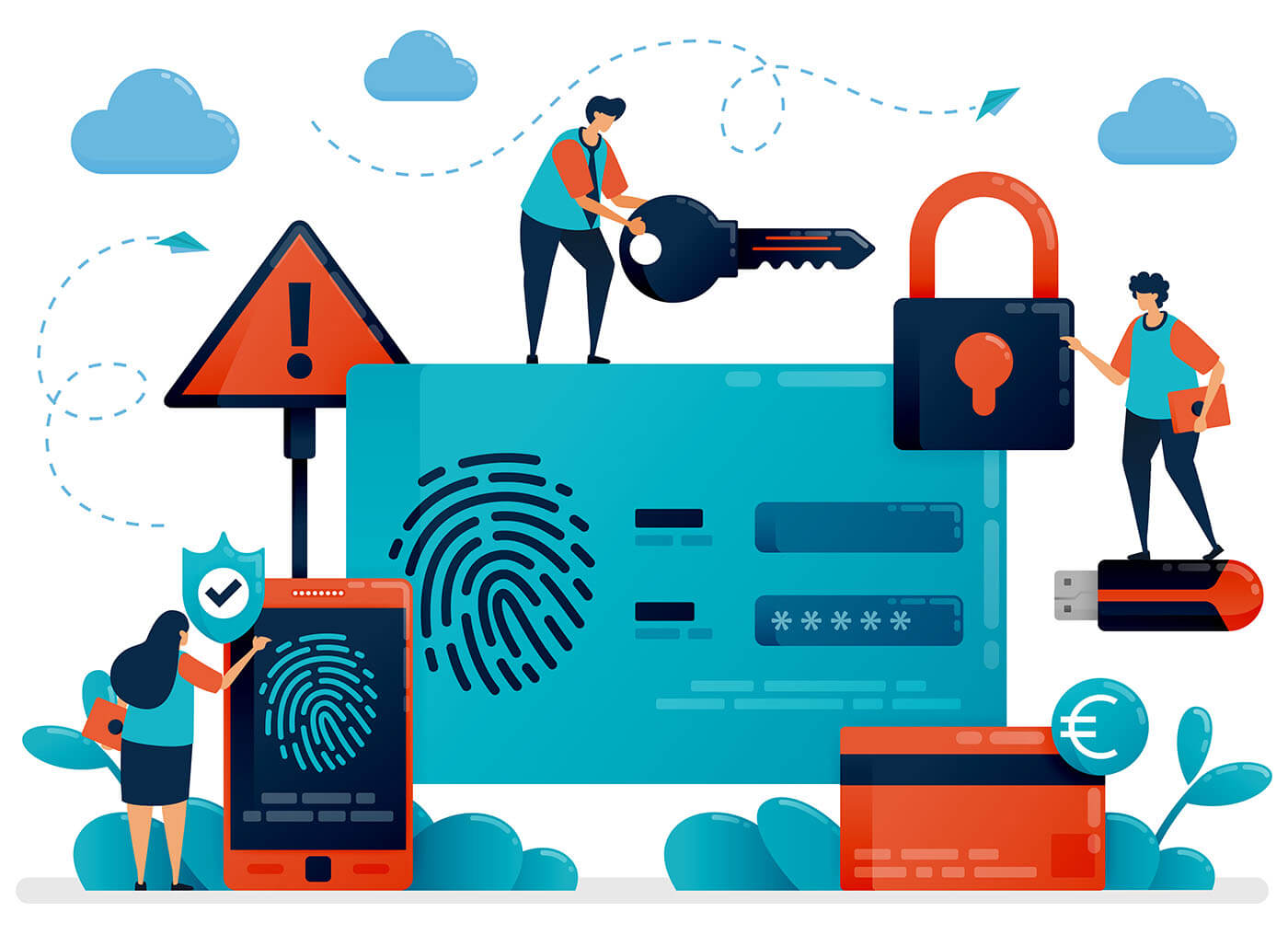5 Top Cybersecurity Challenges (and How Employee Monitoring Software Address Them)
Cyberattacks and data fraud attacks were one of the top seven worries for business leaders. According to the World Economic Forum’s COVID-19 Risks Outlook, businesses rated their most worrisome risks for the upcoming year. Among a prolonged recession and industry failures, cyberattacks were rated to worry 50.1% of companies.
With security threats on the rise, businesses need to be prepared. Here are the top 5 security challenges and how implementing employee monitoring software can address them.

What are the Top Cybersecurity Challenges?
Other than the risk of specific attacks, there are distinct challenges that companies face. As business automation and operations improve, so do the abilities of cyber attackers to hack in and gain access to your company’s assets.
Here are the top 5 challenges when it comes to company security:
1. Complex Challenges and Complex Security Risks
Especially given that businesses worldwide were forced, if possible, into an online environment rather than operating out of a physical location, digitization is becoming extremely prevalent. This means that there is also a spike in new online activity from people who do not know how to navigate their online security.
Businesses that operate online at all, whether they are managing their inventory or storing resources in the cloud, might not feel like they need to invest a lot in online security. Even if they are aware of the need for cybersecurity, smaller businesses might only be able to deploy minimal defenses, like cheap firewall and antivirus software that comes with an operating system. They are less likely to manage their cybersecurity without the help of a third party (more on that later).
Moreover, technological advances like business automation and machine learning mean that more vulnerabilities are possible. A small business may sign up with software using credentials that can be easily hacked, making the system more vulnerable than ever. This may be even more so the case since new software companies are increasingly popping up. With more opportunities comes the option for more vulnerabilities in third-party software and systems.
2. Fragmented Regulations
As mentioned, cybersecurity is increasingly becoming a national concern. Not that it wasn’t already, but now with the rise of digitization in the private sector, nations might step in when they were previously hands-off.
Therefore, organizations, small and large, might find that they must change their privacy, security, and customer data settings to accommodate rules and regulations, including the General Data Protection Regulation (GDPR), the California Consumer Privacy Act (CCPA), and the Cybersecurity Law of the People’s Republic of China.
While data protection and privacy are key to maintaining company security, especially for a business that collects sensitive data from their clients or customers, abiding by the many regulations and rules that exist can be complex. The rules are also fragmented. Where one aspect of data collection may be legal under one jurisdiction (and with a certain target market), it may be illegal in another.
Therefore, even small businesses must be mindful of their capabilities since business transactions are regularly occurring online, and you might not know where these transactions are happening globally.
3. Depending on Third-parties and Security Experts
Because of the many issues listed above, businesses may be forced to rely on third-parties and security experts not only for basic cybersecurity needs but also for mitigating cybersecurity concerns. Even large companies with security teams in place might not have the capabilities of stopping an attacker or addressing a ransomware attack.
According to Cisco, we are expected to have around 27 billion connected devices in 2021. With the rise of 5G, the internet of things, and smart systems, this number is no surprise and expected to grow well into the 2030s. Now that many businesses are encouraging remote work, even for the interim, there is an unprecedented amount of connected devices, an amount we could never have imagined.
The supply-chain attacks against FireEye and SolarWinds (the network systems manager) have also shown us that when a supply chain relies on IT providers for functionality and services, they are unfortunately at risk of threat exposure. And this is unsettling. However, by increasing cross-team and inter-business collaboration, we can make sure that there is an ideal level of digital asset understanding and visibility while maintaining protection.
4. A Dearth of Expertise Around Security
Ransomware is becoming an increasing threat, especially since the rise of remote work in the wake of the COVID-19 pandemic has forced businesses into new and unknown territories. More businesses must rely on cybersecurity experts for preventative measures, cyber-attack preparation, and cyber-attack mitigation.
From backing up your IT resources and data to ensuring that your business is operational, more businesses are still preparing these measures and can therefore be vulnerable to a ransomware attack.
So while security by design (and by default) is becoming integral to how a business operates, unfortunately, security by design is yet to be fully available. Businesses have gone online, and security is still catching up.
By planning early, businesses can at least be aware of cybersecurity threats early on, reach out to security partners to start the process, and get in before companies become overwhelmed.
5. Difficult Staying on Top of Security Challenges and Cyber Attack Potentials
Naturally, the rise of cybercriminals means it’s harder for businesses and everyday people to keep out the number of threats that are possible. Because of the interconnectedness of devices, remote employees and regular individuals must be more aware of potential cyber-attacks, and safeguards need to be in place as any attack could affect a major organization or connected network.
Policymakers also must contribute to this problem by continuing to introduce cybercrime educational programs, creating cohesive data security policies, educating on data breach mitigation, and establishing internationally accepted criteria for managing cyber attacks and finding cybercriminals.
How Businesses Can Stay On Top of Security Challenges

Digitization in 2020 has influenced many cybersecurity issues on a range of items. From fake news attacks, which targeted critical infrastructure in the United States, to a ransomware attack on healthcare systems, and a compromised network management system, cybersecurity is increasingly becoming a national security priority. As these risks increase and grow, more businesses will need to adapt to changing regulations and changing threats. Whether or not they can adjust is the issue.
Multiple policies clearly add complexity to those businesses that need to comply, especially since the regulations might not actually help business processes or they might hinder data protection for businesses. So while the laws may be in place for other protective measures, such as national security or customer privacy, then the business must go through additional lengths to ensure security operations for daily operations.
Additionally, much of the interconnectedness of how our society operates means that we are largely dependent on third-parties for everything, from managing our passwords to authentication and access sign-in partners. Because of this interconnected ecosystem, it only takes one vulnerability for a whole system to be compromised.
In turn, this means that more businesses will need to take matters into their own hands. Implementing a firewall, antivirus software, and employee monitoring is a necessary first-step, This way, you have control over your business’s system.
Additionally, it is widely recommended that you buy company computers to have security controls through remote access, rather than relying on your remote workers to keep your network security through weak personal networks. With company computers, you or your security team can have backdoor access to these computers to monitor insider threats or potential security vulnerabilities.
Implementing Protection Software
While businesses may be limited, they need to implement security protocols where they can. From segmentation to the principle of least privilege, there are basic things that can be done to protect your employees and business from their worst vulnerabilities.
Sometimes vulnerabilities might be negligent employees, poor personal networks, or an insider threat. In either case, adopt a firewall, anti-virus and anti-malware software, and employee monitoring solution to protect against a major security breach. This baseline security software will allow businesses to take their security into their own hands (which is especially important if they cannot work with a major security company). With this data, you can develop threat intelligence solutions for your remote workforce to prevent or mitigate malicious insider attacks.
Employee monitoring software can also keep tabs on employee productivity, which improves your business’ bottom line. A monitoring tool can allow your team to stay on top of employee activity daily and stay one step ahead of security threats on your network.